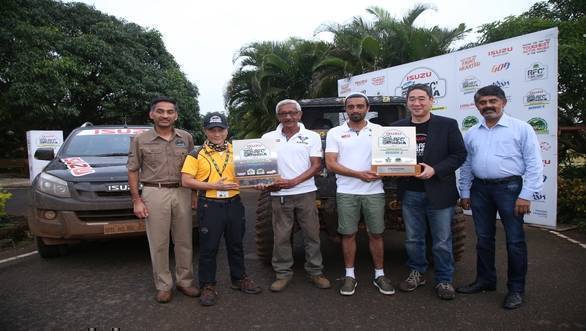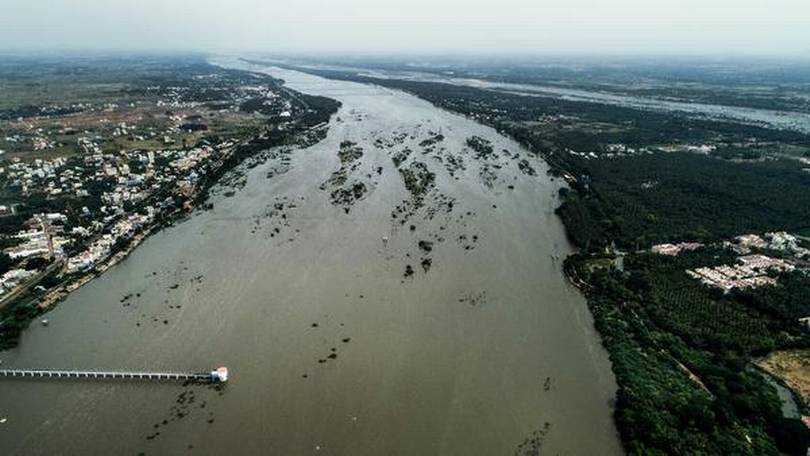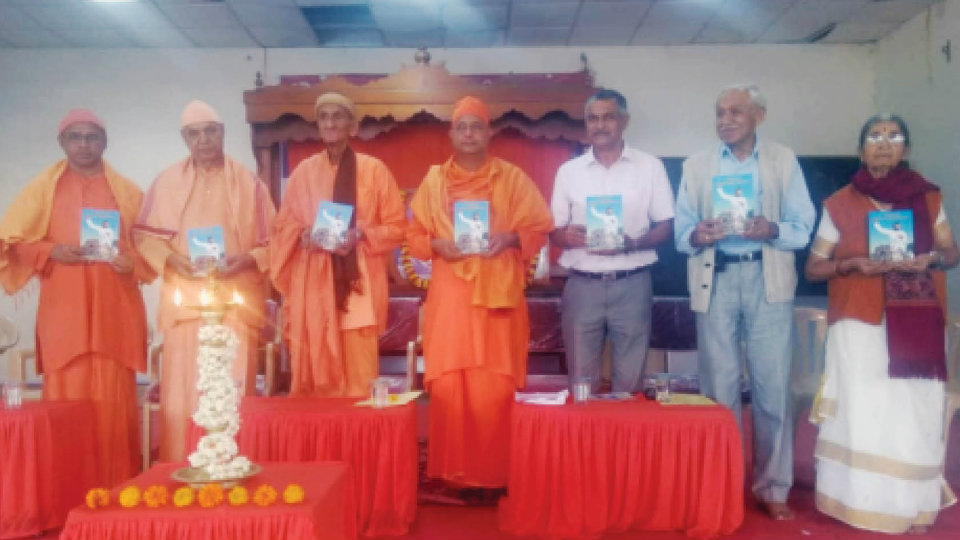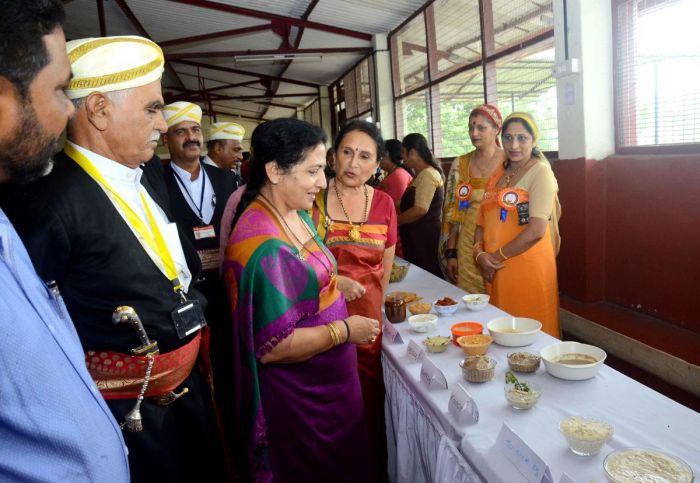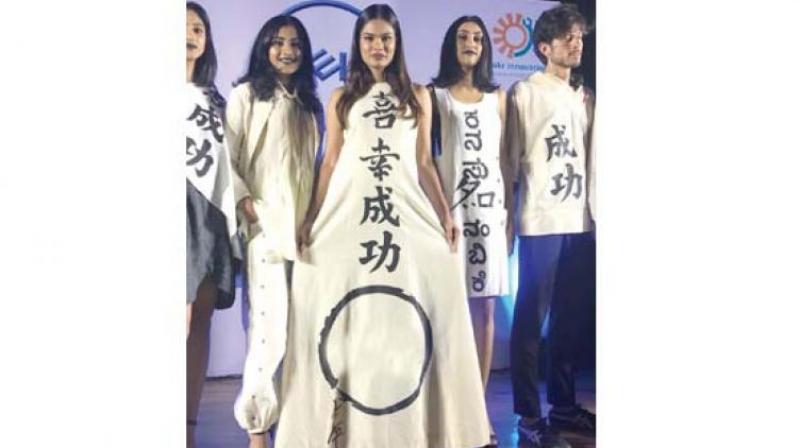Guest Column: Harish bijoor, brand expert
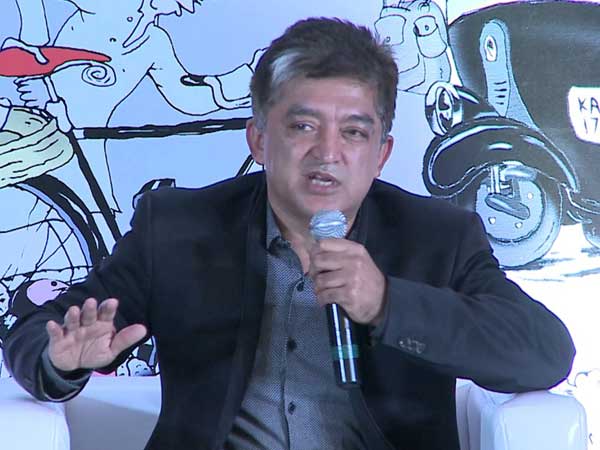
Typically, coffee in India has been a beverage that has had a deeper connect in the south of the country, with literally no, or anecdotal connect in the north of the Vindhyas. This was the story of the past. Then came the liberalisation wave, the early 90s, when the free sale quota for individual planters came by. Earlier, coffee was a controlled commodity and growers could sell their beans only through a pooling system via the Coffee Board. The free system opened up the markets in the country and across the globe. Planters were now free to market their produce anywhere they wanted. And they did. A few did a brilliant brand game in the market, and the leader of the pack was VG Siddhartha, the founder and owner of country’s home-grown cafe chain Cafe Coffee Day. Others followed.
Instant coffee players such as Nestle and HUL had always been at the cutting edge of creating consumption in non-traditional markets. They continued in the game. Brands such as Nescafe, Bru and Sunrise criss-crossed consumption patterns in all regions of the country. However, till the mid-90s, coffee consumption was largely in solid form, in the form of packaged filter or instant coffee. Tata Coffee, Nestle and HUL were pioneers in the respective spaces of pure filter, chicory mixed filter, pure instant and mixed instant coffees.
With serial entrepreneur Siddhartha from Karnataka starting off Cafe Coffee Day with its first outlet on Brigade Road (which celebrates 22 years this month), Indian coffee was moving into its LIQUID era. And this has been the single most dominant strategic shift that Indian coffee saw in years. Cafe Coffee Day was pioneering the concept of the cafe style, which Starbucks had revolutionised in the US and in parts of Europe. With this, Indian coffee had two avatars: the SOLID in packet form and the LIQUID in the cafe at the corner form.
Coffee Cafes
That was the start point. Cafe Coffee Day started the cafe revolution in India in 1996. I remember being there at the first cafe on Day 1 which was really a Cyber-Cafe for a start with spanking new desktops and coupons of Rs 30 per hour being sold. I remember buying a T-shirt which I still possess and wear. It says proudly, “do Caffeine”!
Coffee today is about both solid and liquid. The liquid form is available at cafes of every kind all across the country and the solid form has a demand that is better, thanks to the liquid evangelist cafes doing their job quietly, but surely!
Yes, consumption of coffee in India is still small, and just no match for tea, but we have travelled long distances in these 22 years!
There is a lot of love for coffee in this country and that’s only growing. But coffee is an island drink. In an ocean of tea-consumers, coffee occupies a small fraction of space. Coffee was and is therefore a niche drink. A special drink even. Tea is easy to make, coffee is that much more difficult. Coffee was shared when special guests came home. Coffee meant bonding that was different. Young people embraced coffee as the most fashionable and happening drink to be seen with. It suddenly became young, from being fuddy-duddy. The environment of swanky cafes added zing and fizz to it all.
There are many more elements helping the South Indian brew to go mainstream from the staid and dull environs of Indian coffee houses to vibrant and buzzing coffee restos. Private players added big value. The Indian Coffee House of the Coffee Board had become more like a buzzing canteen where the middle-aged and the old congregated. The cafe to that extent adopted the avatar of the pub for the young. The coffee pub even! This added hangout value, fashion-tinges and more. Differentiation of the drink, niche-value, multiple flavours served etc brought in uncommon value and more takers for the Indian cuppa.
Big Challenge
Having said all this, domestic consumption still is a big challenge for India. The country is failing in promoting coffee as a beverage. There is a need for institutional involvement in this space. Instant coffee itself has big potential. The Government of India needs to adopt coffee as a drink of the future. The Coffee Board is a nodal body. I have been a member on it for five years and know the kind of work the board does in terms of plantation work, R&D and maintenance. The board needs to get a lot more front-ended in its work than it is today. It needs to adopt coffee promotion at the front end of consumption as its primary role.
The government, Coffee Board and the industry should not forget the fact that coffee growing is a tough job and growers need to be acknowledged for their hard work and their contribution to the economy. Karnataka alone accounts for almost 80 per cent of the country’s entire coffee production. Over 200,000 growers are involved in coffee and each grower faces every problem there is to pick. Costs are going
up while realisations are not. In fact, prices are only falling. Labour is getting to be expensive and maintenance of estates is a big-cost exercise. Cost of production overall is on the rise. Coffee goes through cycles of prosperity in terms of prices and doom in terms of prices as well. But, we hope to see domestic consumption increasing and cafe culture catching up, not just across metros and tier-I and II cities but also in tier-III cities, smaller towns and villages across the country. As of now, almost 85 per cent of our coffee is exported, a forex earning of around $10 billion per annum. Only a strong domestic market can insulate Indian bean from the price volatilities and related pressures in the global markets.
The author is the founder of Harish Bijoor Consults Inc, formerly head of Consolidated Coffee (Currently Tata Coffee) and a former Coffee Board member)
source: http://www.mydigitalfc.com / Financial Chronicle – Mydigitalfc.com / by Guest Column : Harish Bijoor, Brand Expert / Julyu 2018


